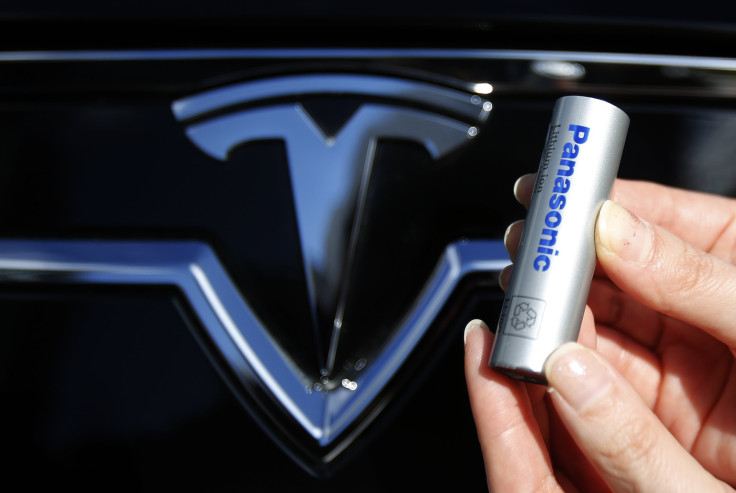Model S Car Fires: Tesla Gets Safety Nod From German Motor Safety Watchdog

The Germans have chimed in on the safety of the Tesla Model S luxury electric sedan: They say there’s no need for them to look further into any inordinate fire risk from puncturing the vehicle’s undercarriage battery tray.
A letter from the German Federal Motor Transport Authority dated Nov. 27 but posted Monday by Tesla Motors Inc. (NASDAQ:TSLA) after the Thanksgiving break states the following: “No manufacturer-related defects could be found. ... Therefore, no further measures under the German Product Safety Act are deemed necessary.”
Three high-profile Model S electric sedan fire incidents since Oct. 1 led the U.S. National Highway Traffic Safety Authority to launch a “preliminary evaluation” last month into whether the vehicle poses any unusual fire risk in the event of an “undercarriage strike with metallic roadway debris.”
Two of the three incidents, one on Oct. 1 in Kent, Wash., and the other in Smyrna, Tenn., on Nov. 6, involved such a strike from roadside debris that led to what appears to have been a thermal runaway event involving some of the thousands of 18650 size lithium batteries made by Japan’s Panasonic Corp. (TYO:6752).
Tesla contends its cars pose no more fire risk from collisions than any others, and so far no government or independent regulator has found any reason to declare otherwise. The third Tesla fire incident, in Merida, Mexico, on Oct. 17, appears to document the effects of a thermal runaway event with a secondary flare-up, but the fire was soon extinguished with no injuries related to the fire. (The driver was injured by the high-speed collision, then left the scene of the accident intoxicated, according to local Spanish-language news reports.)
RELATED: Due to all the recent hype and attention around Tesla, which might sell 22,000 cars this year, a YouTube video dated from January 2012 has been making the rounds showing what can happen to a conventional car in the event of an undercarriage strike with metallic roadside debris. This incident might not have resulted in a car fire like it might have with a Model S, but on the other hand a dense Model S battery pack would have blocked this metal from cabin penetration, an event that could have killed its driver. You decide:
© Copyright IBTimes 2024. All rights reserved.












